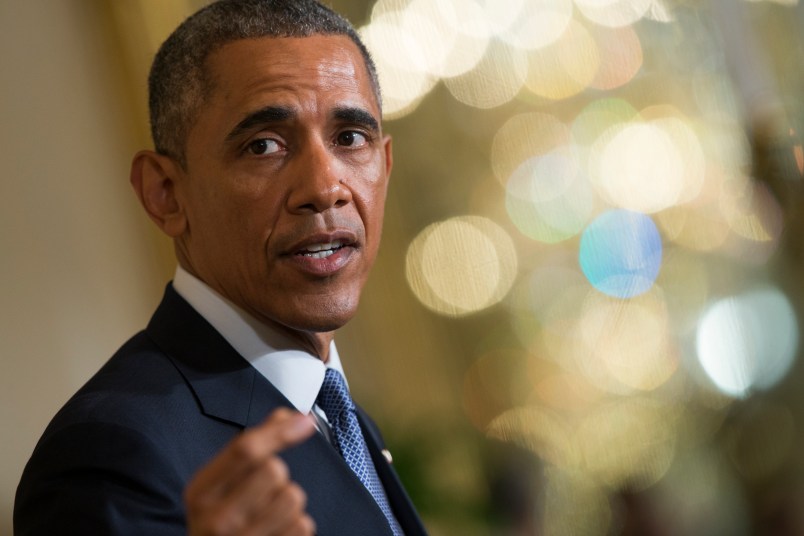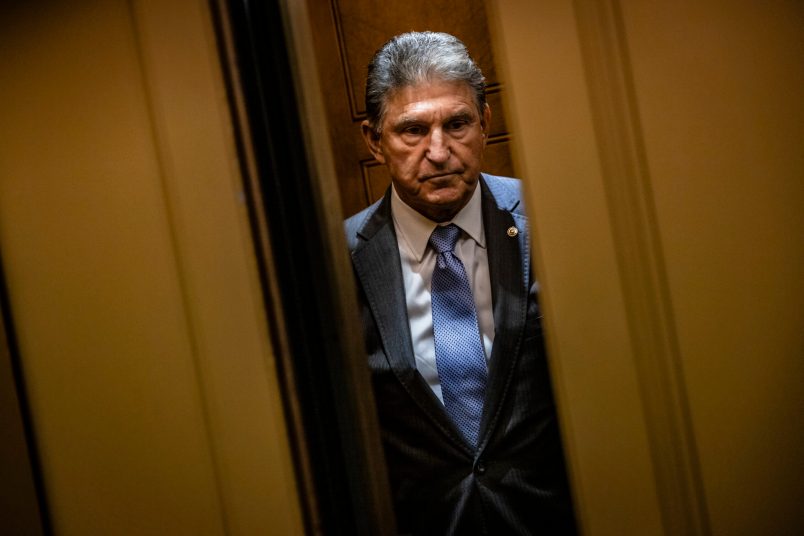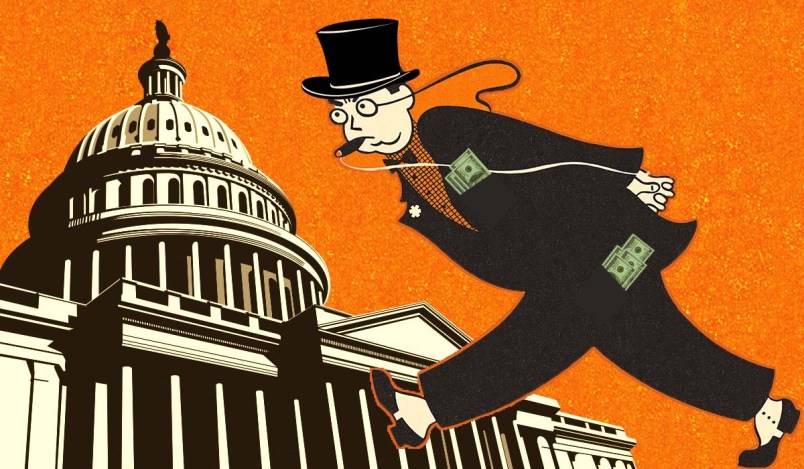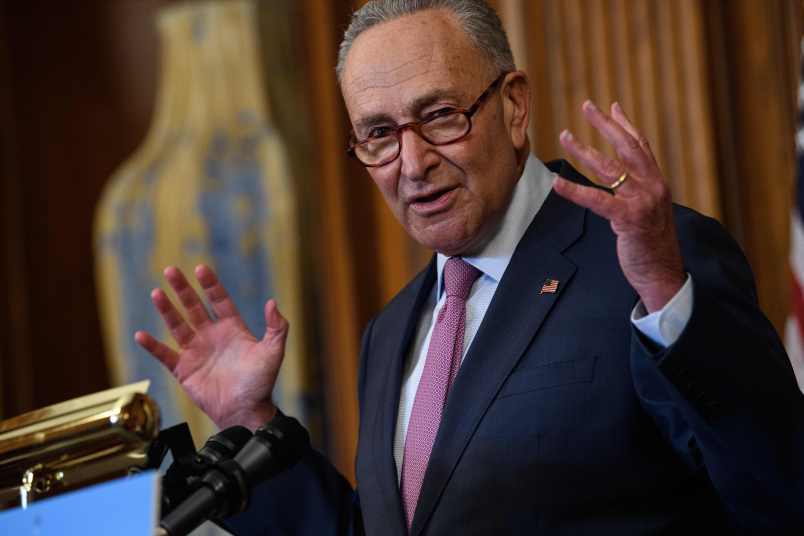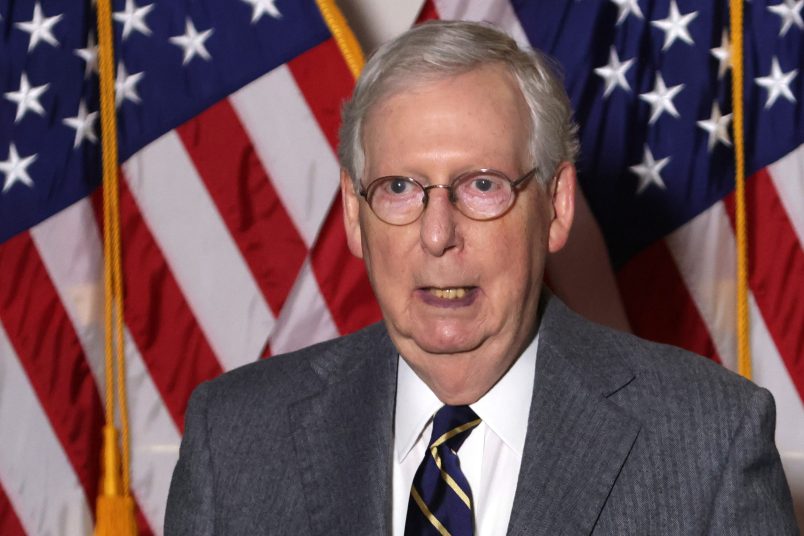More than 11 million people signed up for Obamacare coverage this year, beating the goals that the Obama administration had set before enrollment began in November. But look past that top-line number for Year Two and there is evidence that the law could face significant enrollment challenges in Year Three, Year Four, and beyond.
The 11.4 million enrollments (pending premium payment) is up from the 7.3 million sign-ups last year. Most of that growth, though, was in the federally-run marketplace, which serves 36 states. Enrollment in those states increased by 58 percent from 2014 to 2015, according to an initial analysis by Avalere Health, an independent consulting firm. In the state-run exchanges, enrollment grew by a much more modest 9 percent.
That isn’t necessarily a huge surprise. The federal HealthCare.gov had a disastrous launch in October 2013 and, while it recovered enough to post strong numbers by the end of 2014 enrollment, it likely had more room to grow than the state exchanges, which generally performed better from the start.
Experts always expected that Obamacare would initially sweep up what they have come to call “low-hanging fruit”: People who badly needed insurance or who would be easily swayed by the first round of advertising and outreach. The federal exchange had more of them left in 2015, a quick analysis of last year’s enrollment numbers shows.
So it’s good news that the federal exchange was able to keep making inroads. But what might worry Obamacare supporters is the relative lack of growth in the state-run exchanges. It suggests once the low-hanging fruit has been scooped up, the remaining uninsured are much harder to reach.
“I figured there would be a disparity, but this is even bigger than I expected,” Larry Levitt, vice president at the Kaiser Family Foundation, told TPM. “As more people get covered, it leaves those uninsured who are hardest-to-reach. And, resources for outreach and consumer assistance are tight. The law is working and sustainable, but it will take more to make it truly a success.”
Take California. The state has been fully supportive of Obamacare from the beginning and had a relatively smooth rollout. It had one of the most successful sign-up drives in 2014, reaching 43 percent of the potential population to enroll 1.4 million people in private plans.
But its 2015 enrollment, according to the Los Angeles Times, is virtually unchanged. The state again notched 1.4 million sign-ups this year. There are multiple reasons why the rest of the uninsured population is harder to reach. They likely aren’t desperate for insurance. They are less likely to speak English as their first language, and Hispanic enrollment has been a well-documented problem for Obamacare.
If the state exchange experience this year is a sign of the challenge that Obamacare will face once the low-hanging fruit is gone, it doesn’t bode well for the law. CBO, which issued its own separate estimates from the administration, projected last month that enrollment would jump from 12 million in 2015 to 21 million in 2016. That’s a 75 percent increase, which sounds like a tall order after the state exchanges posted just a 9 percent increase this year.
“It doesn’t seem like growth should have leveled off quite as fast as it did,” Caroline Pearson, vice president at Avalere Health, told TPM. “If [the federal exchange] caught up this year and [state exchanges] hit a wall, then that could foreshadow much lower-than-projected enrollment next year.”
Obamacare has beaten enrollment projections two years in a row now, which suggests that outreach and sign-up assistance have been largely successful. And the law might have one more ace up its sleeve: The much-hated individual mandate.
Until this tax season, nobody has had to pay the mandate penalty. Experts believe that the reality of a minimum $95 fine will drive more people to sign up for coverage. A December poll by Kaiser found that 74 percent of the uninsured don’t actually know what the penalty is.
The administration might even make it easy for them and thereby boost enrollment in the next two months. Democratic senators and navigators who help people sign up have urged the Department of Health and Human Services to authorize a special enrollment period. That way, people who are facing the penalty when they file their taxes would have a chance to sign up, even though the normal enrollment period ended on Sunday. HHS Secretary Sylvia Mathews Burwell has indicated she’s considering it.
So far, Obamacare has been all carrot. If Burwell goes through with that, supporters will get a sense of how far the stick might go to addressing the questions that this year’s enrollment numbers raise.


